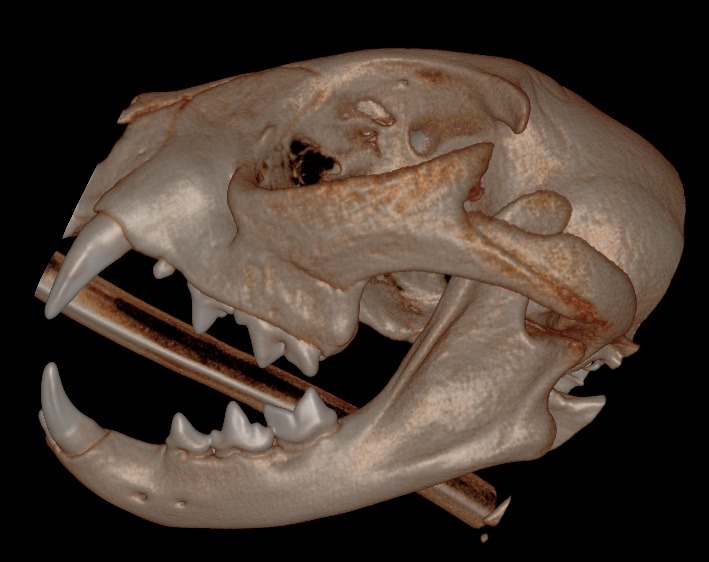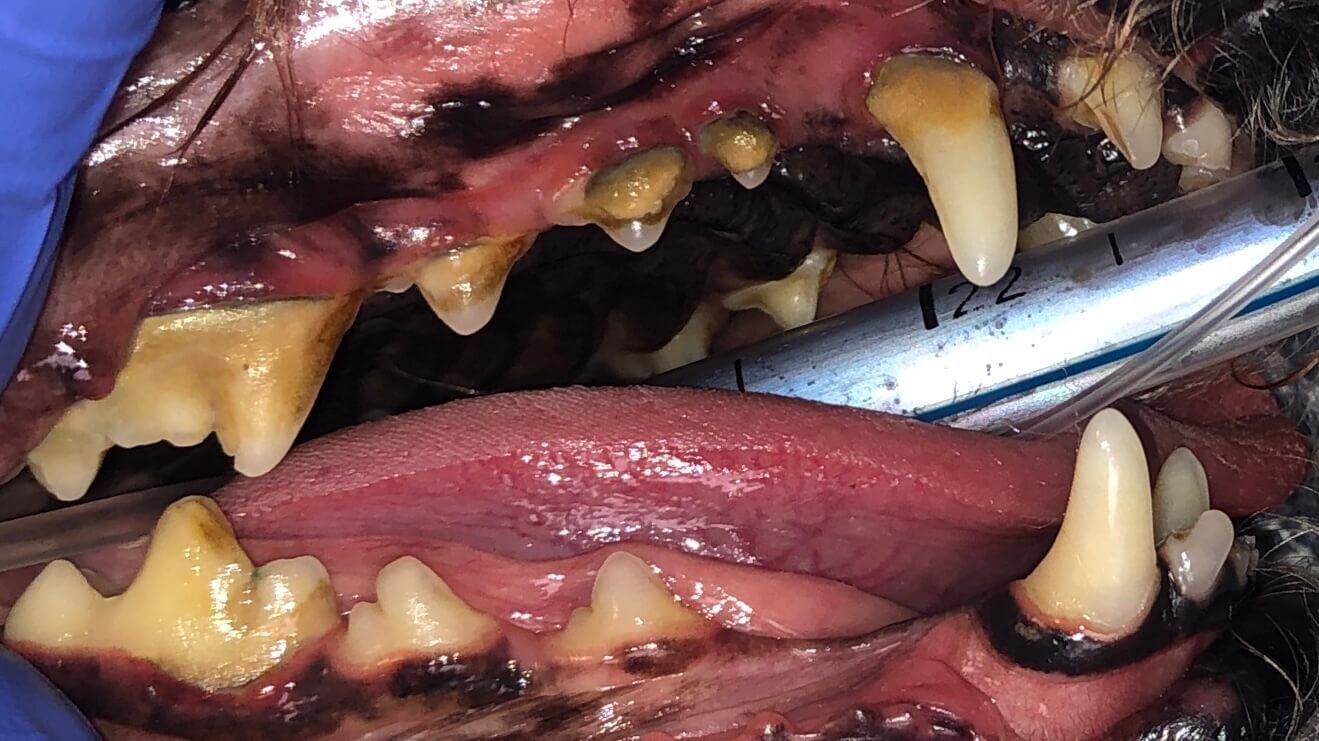1 min read
Treating Periodontal Disease: Ziggy's Journey with Guided Tissue Regeneration
Case Summary: Guided Tissue Regeneration (GTR) is a technique used to promote the regeneration of bone and soft tissue, enabling the replacement of...
1 min read
 Jennifer Mathis, DVM, DAVDC, CVPP
:
May 29, 2024 11:00:11 AM
Jennifer Mathis, DVM, DAVDC, CVPP
:
May 29, 2024 11:00:11 AM

Case Summary:
A cat presented with a temporomandibular joint (TMJ) luxation after a fall from a shelf. Initial attempts to reposition the TMJ at an emergency clinic were followed by a referral to ensure no fractures. The treatment involved the 'button' technique for TMJ stabilization, which was successful after three weeks of esophageal tube feeding. Post-treatment, the cat returned to normal function, although slight TMJ mobility and subluxation were noted. Imaging confirmed no fractures, and Ethilon with 3 buttons was used for stabilization, to be removed in 7-14 days. Follow-up imaging, specifically Cone Beam Computed Tomography (CBCT), was recommended one year later to monitor dental development.
Key Takeaways:

Post Surgery |
 |
 |

|

1 min read
Case Summary: Guided Tissue Regeneration (GTR) is a technique used to promote the regeneration of bone and soft tissue, enabling the replacement of...
%20-%20March%202024/current%20pic.jpg)
1 min read
Case Summary: Most discolored (non-vital) teeth are essentially dead, their discoloration resulting from the breakdown of pulp contents leaching into...
%20-%20February%202024/Canine%20Chronic%20Ulcerative%20Stomatitis%20(CCUS)-2.png)
Case Summary: Canine Chronic Ulcerative Stomatitis (CCUS) is characterized by painful ulcerative lesions in the mucosal epithelium, believed to...